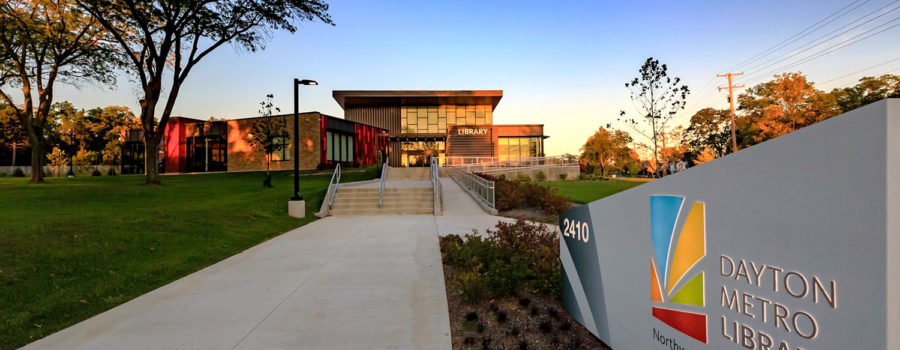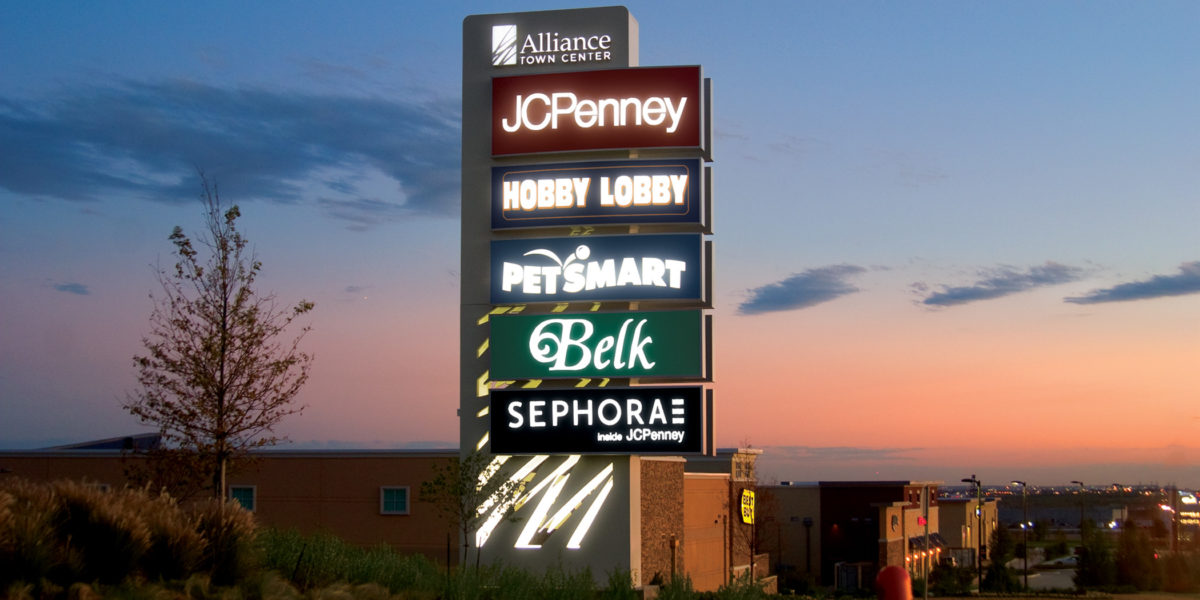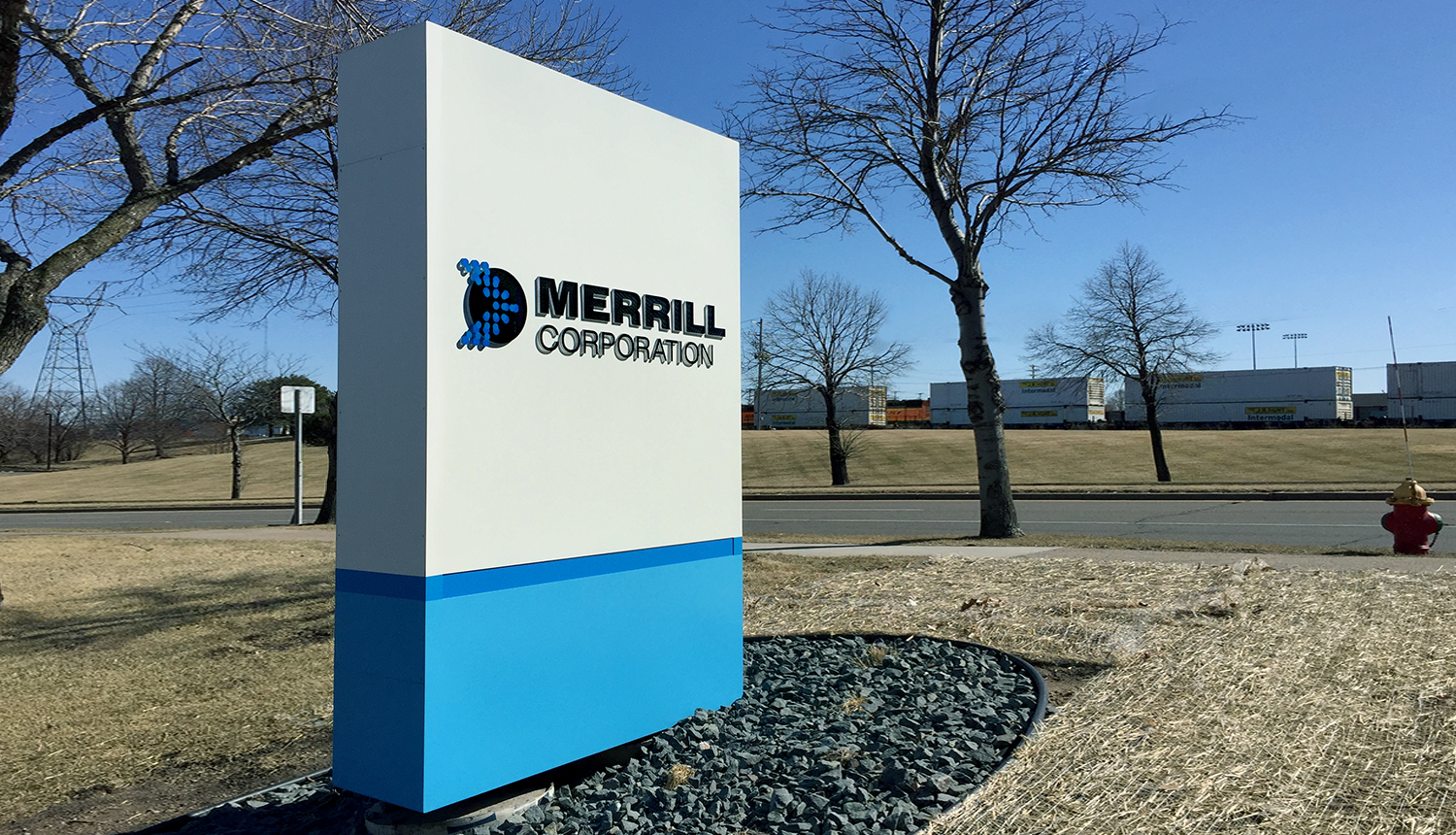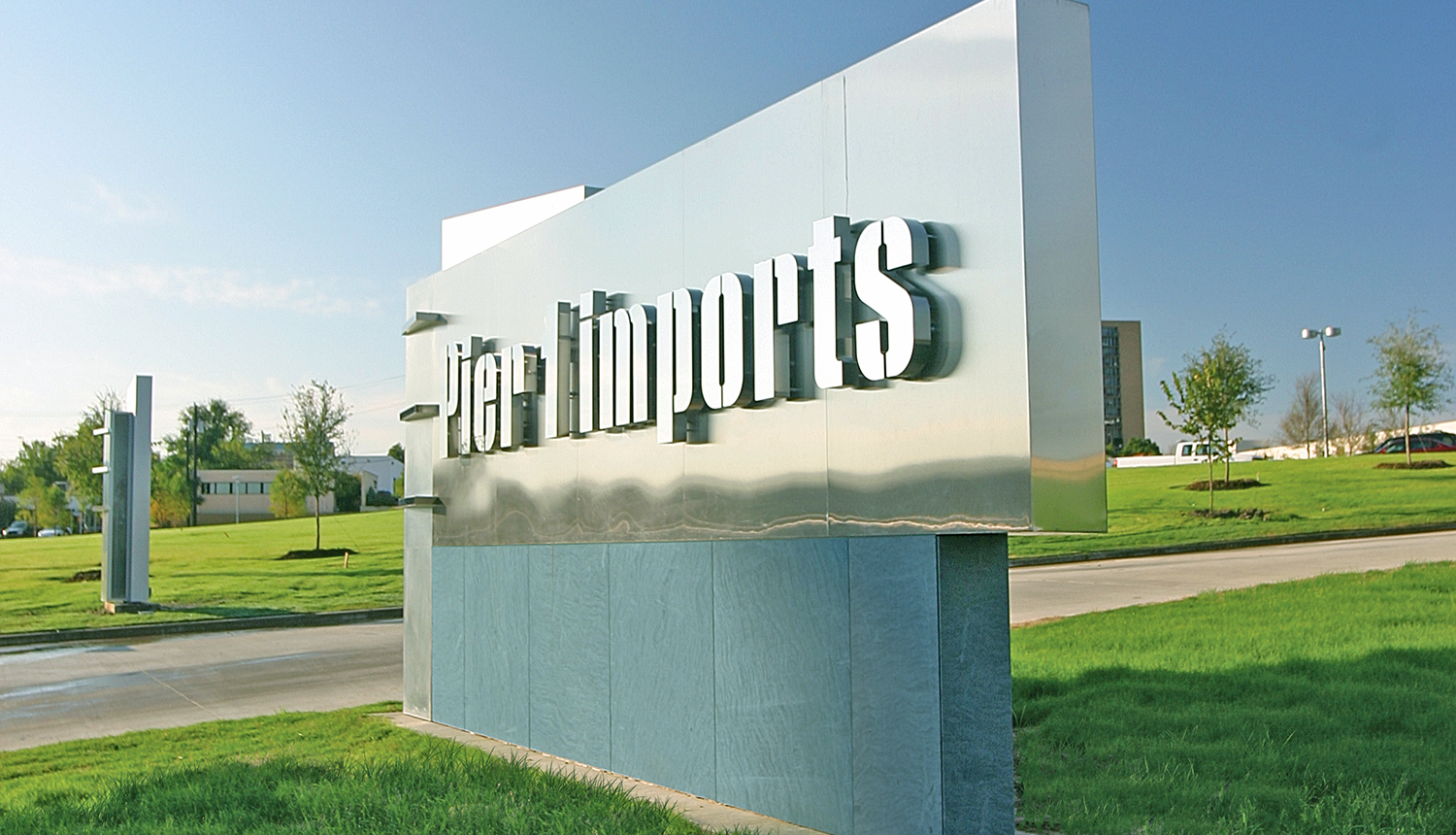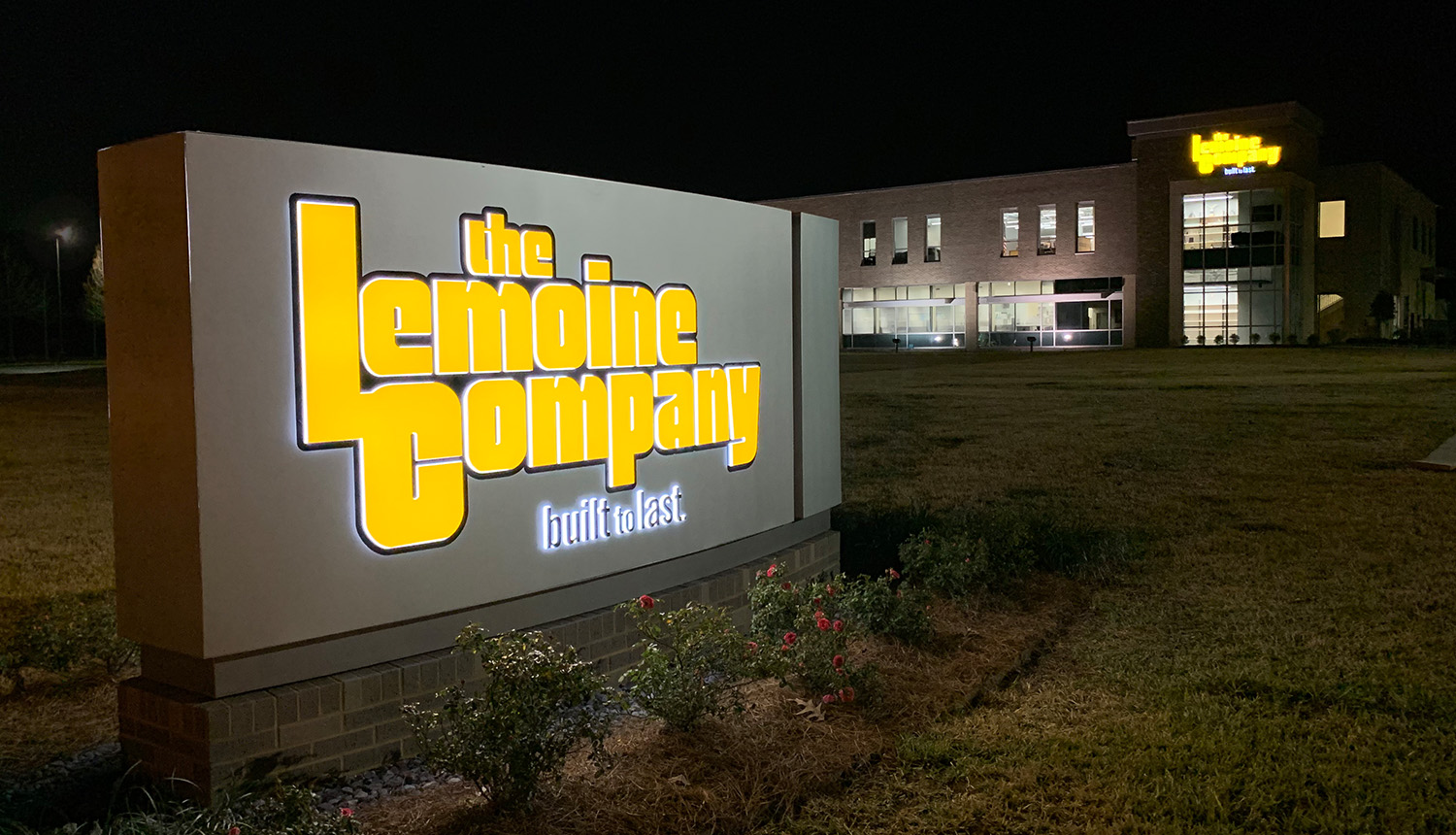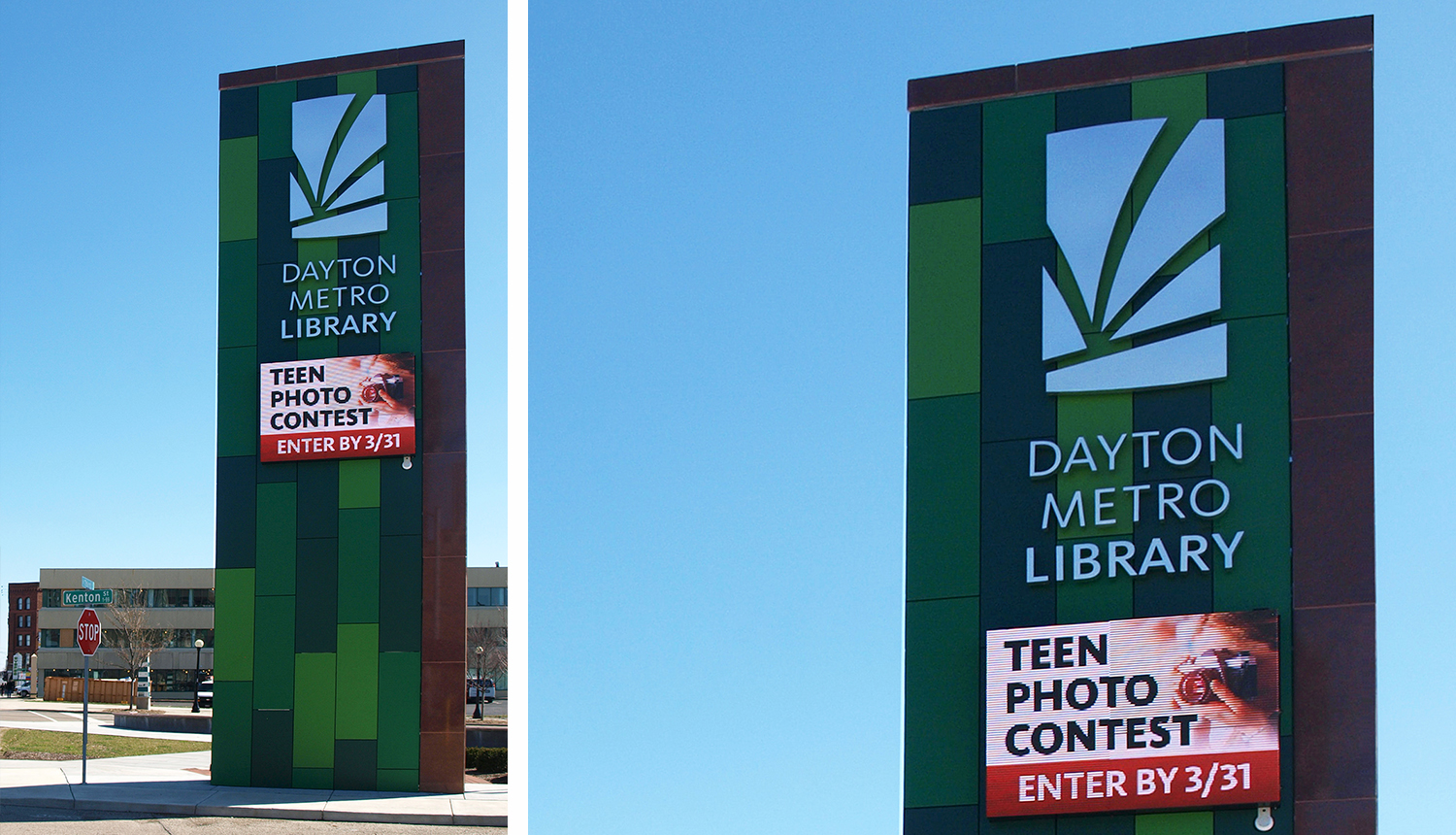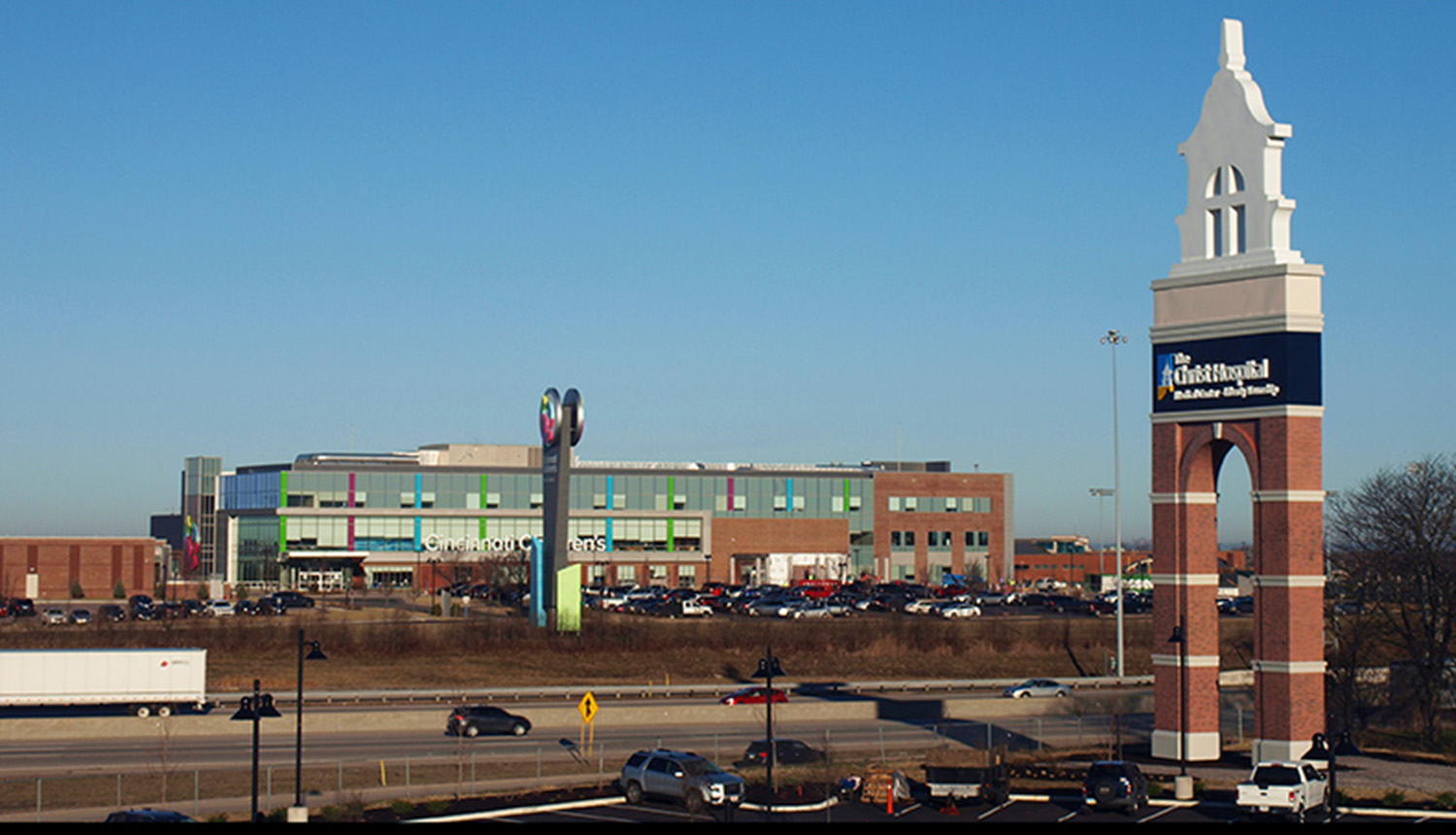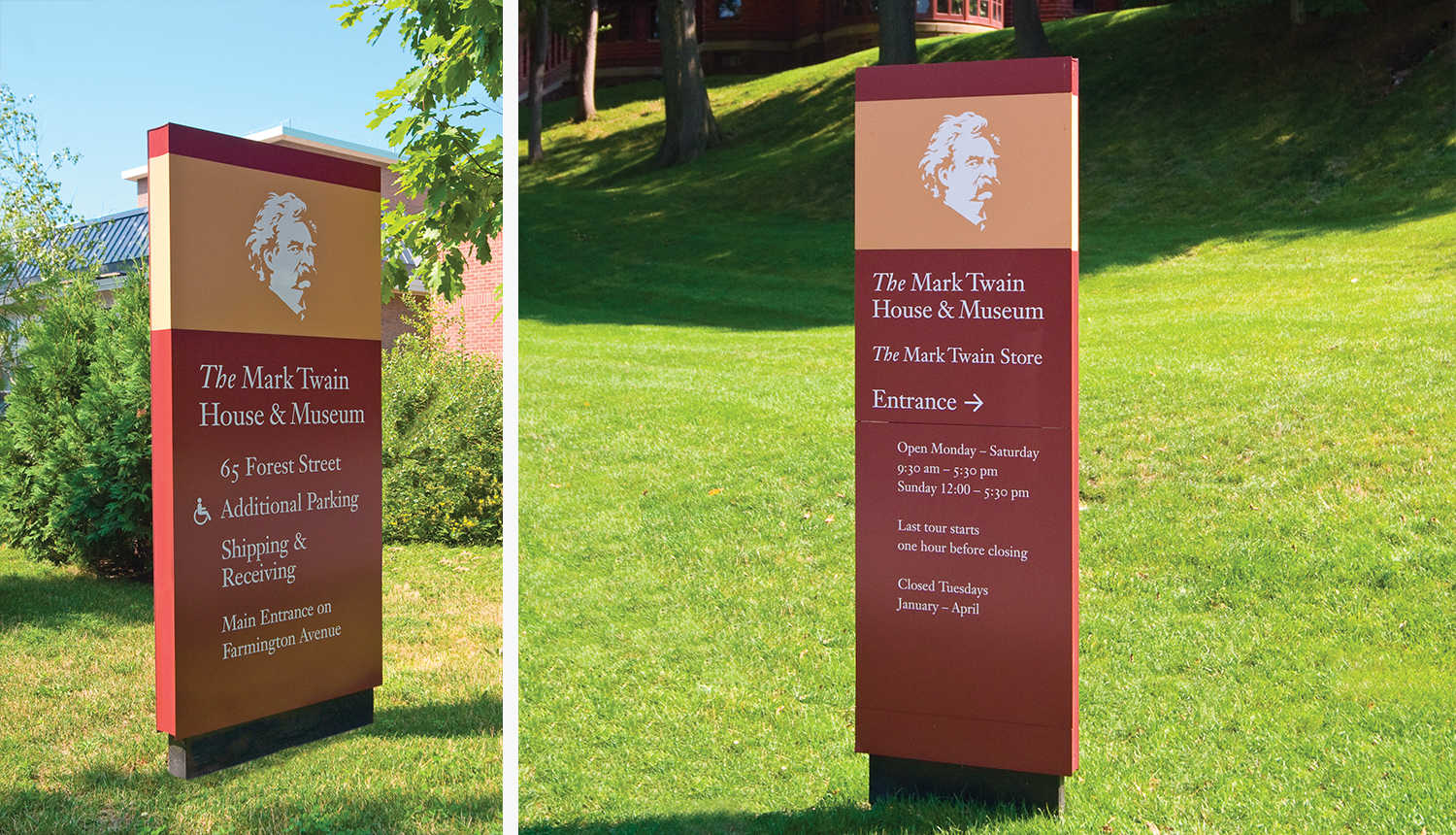Freestanding Exterior Signs
Freestanding exterior signs are architectural structures that are independent of buildings and other site structures. If your business goals include enhanced visibility, consider impactful freestanding exterior signage like Pylons, Monoliths and Monuments. Distinctive and with the option to be illuminated, freestanding exterior signs draw attention to the exterior of your business, which helps visitors locate your facility and promotes brand awareness.
3 Main Functions of Freestanding Exterior Signage:
1. Branding: Facilitates site identification.
2. Wayfinding: Conveys directions for visitors.
3. Informational: Relays important site info.
Freestanding exterior signs are made from an internal supporting framework engineered to withstand wind load and other local considerations. Though there is a wide range of sizes to choose from, freestanding exterior signs have a surprisingly small footprint and require little maintenance once in place.
While there are various freestanding exterior sign types, the most impactful freestanding exterior signage options are Pylons, Monoliths and Monuments. The main differences between these sign types are Height, Profile and Installation Location.
Pylon
From Greek pylon “gateway,” from pylē “gate, wing of a pair of double gates; an entrance, entrance into a country; mountain pass; narrow strait of water” (Online Etymology Dictionary, 2021.)
Pylons, also known as pole signs, are exterior signs that can be seen from great distances due to their height. A pylon sign is a versatile and impressive custom-fabricated signage structure that consists of one or more poles supporting the sign components.
It is common for several businesses to share the same pylon sign, which is why pylon signs are often utilized for multi-tenant commercial buildings and plazas.
Characteristics of typical pylon signs include:
- Height: Towering height, typically more than 6 meters (20 feet) tall
- Profile: Tall and Narrow, with the base of sign face(s) high above the ground
- Installation Location: Along busy roads and highways
- Frame: Steel or welded aluminum, engineered to site specifications
- Materials: Stone, Brick, Aluminum or Other Metal
- Illumination: Optional internal LED illumination or Lightbox
- Added Elements: Digital Prints, Acrylic Faces, Dimensional Letters
- Typical Finish: Powder Coated, Painted, Oxidized or Satin Metal
Monoliths
From Latin monolithus (adj.) “consisting of a single stone,” from Greek monolithos “made of one stone,” from monos “single, alone” (Online Etymology Dictionary, 2021.)
Monoliths, while ancient in use, are modern-looking signage structures used for branding, wayfinding or informational purposes. Utilized in both interior and exterior environments, Monoliths are attractive and versatile structures that can include modular components or illumination for enhanced visibility.
Monoliths are tall like pylons, but with more intricate construction. A monolith is a complete box structure where all internal components are wrapped; unlike a pylon, structural poles within the monolith are not visible so that the focus is strictly on the sign faces.
Characteristics of typical monolith signs include:
- Height: Wide range, typically about 3 meters (9.8 feet) tall
- Profile: Tall and Narrow, with base of sign face low to ground
- Installation Location: Along walkways or roadways within facility grounds
- Frame: Steel or welded aluminum, engineered to site specifications
- Materials: Aluminum or Other Metals
- Illumination: Optional internal LED illumination
- Added Elements: Digital Prints, Dimensional Letters
- Typical Finish: Powder Coated, Painted, Oxidized or Satin Metal
Monument
From Latin monumentum “a monument, memorial structure, statue; votive offering; tomb; memorial record,” “structure or edifice to commemorate a notable person, action, period, or event” (Online Etymology Dictionary, 2021.)
Monuments are exterior signs utilized mainly for branding and site identification. This signage option is durable, professional and often paired with aesthetic landscaping like water fountains, greenery and flowers.
Monument signs are characterized by little to no open space between the ground and the base of the sign. Since Monument signs have such a low profile, they are an apt choice for areas with mixed zoning or height restrictions. Monument signs give businesses a high-end look, with optional LED illumination and reader boards to increase brand visibility.
Characteristics typical monument signs include:
- Height: Eye-Level, typically less than 1.5 meters (5 feet) tall
- Profile: Short and Wide, with base of sign on or near ground
- Installation Location: Near main entrance to the facility from the road
- Frame: Steel or welded aluminum, engineered to site specifications
- Materials: Stone, Brick, Aluminum or Other Metal
- Illumination: Optional internal LED illumination or Lightbox
- Added Elements: Digital Prints, Acrylic Faces, Dimensional Letters, Reader Board
- Typical Finish: Powder Coated, Painted, Oxidized or Satin Metal
At ASI, effective, distinctive and custom freestanding exterior signage is our specialty. In business since 1965, our expert local teams can tailor Pylon, Monument and/or Monolith Signage for you.
ASI has the facilities and expert skill to ensure even the biggest signs and structures are built to architectural-level standards. ASI implements freestanding exterior signage utilizing a myriad of materials, unique design elements and lighting solutions. Our capabilities include completing design, construction drawings, engineering, securing local approvals and permits, manufacturing and installation.
If you have any questions about ASI’s freestanding exterior signage products, request a consultation today.
Our Work:
Sources:
Etymonline.com. 2021. Online Etymology Dictionary. http://etymonline.com/index.php

